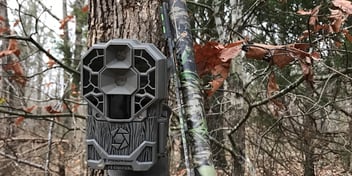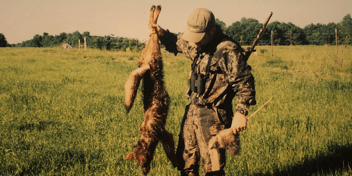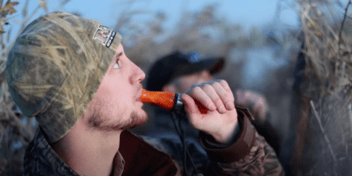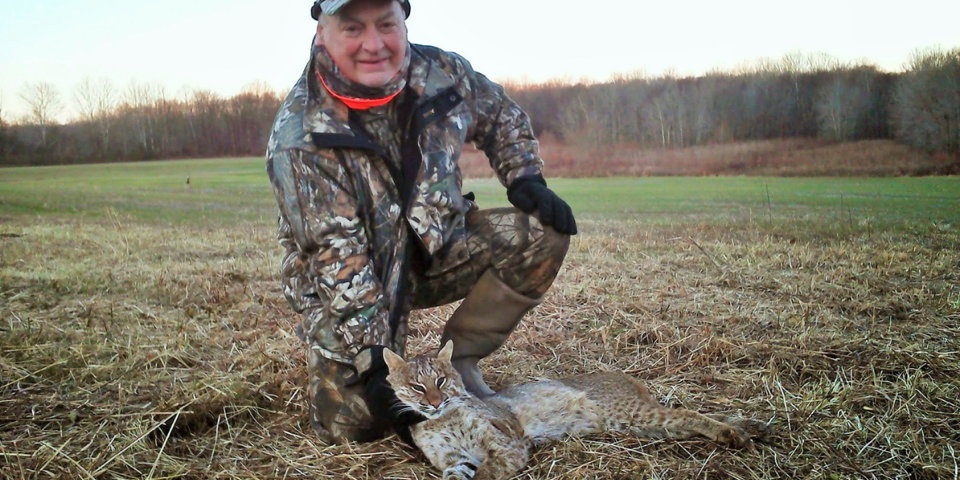
Calling for bobcats can be tough. It’s just one of the sad truths of predator calling. But it can be done. While some parts of the country seem to play host to a plethora of cats, others report cat encounters so rare you’d think they were ghosts. The truth is, the cats are there, but you’ll have to change the way you play the game. Try calling them the same way you do when calling coyotes, and you’ll likely be left scratching your head. Why is that? Here’s a look at 3 reasons you can’t seem to call a bobcat to the gun.
Coyotes Come First
In order to kill a bobcat, you’ll likely have to pass on a coyote first, and that’s a hard thing for any predator hunter. Coyotes tend to be much more aggressive in coming to the call. They will respond to the call in a matter of seconds as they attempt to be the first predator on the scene to snatch a quick and easy meal. Shooting the coyote will likely mean your chances for calling a bobcat into the open are now slim to none. As hard as it is, you have to let that coyote get in and out as you wait on a response from the much more cautious bobcat.
Again, most guys will never pass up a coyote responding to the call. It’s just too much to resist. But if you want to kill a bobcat, you must make them your number one target.
Most hunters can’t resist passing up on a coyote when he charges the call, but if you want to shoot a bobcat you need to let the coyotes go.
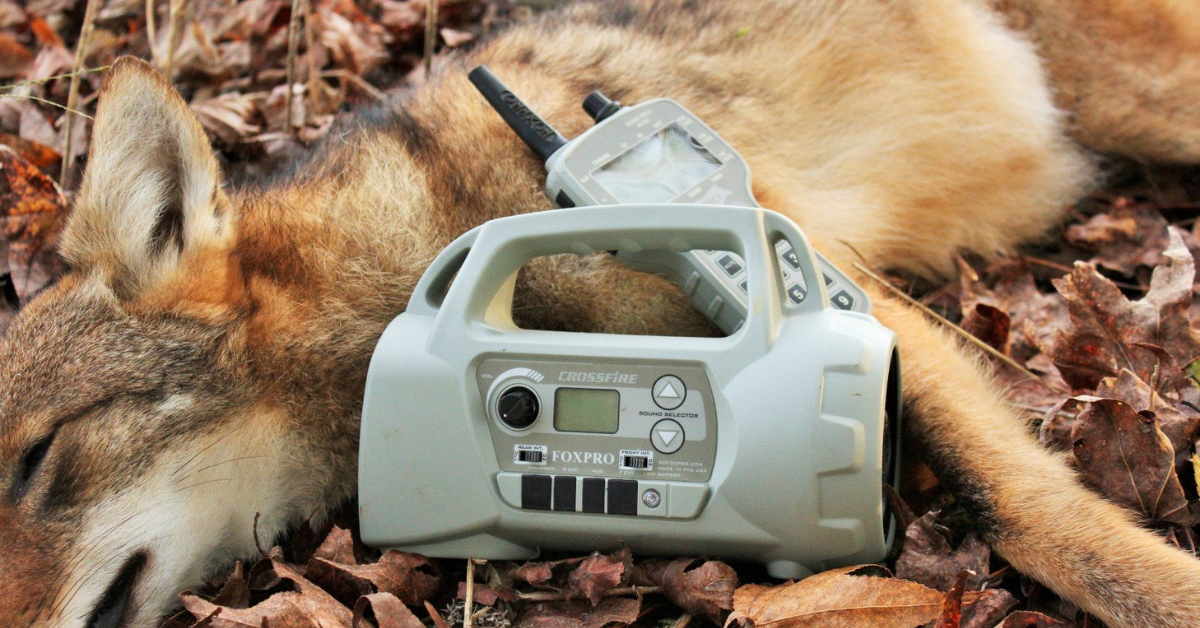
Patience Is Not Your Virtue
As mentioned above, bobcats are much slower in responding to your predator calling efforts. Whereas you will often experience coyotes coming to the call in under 5 minutes, bobcats may take 30+ minutes before they ever show up in the open. Much like a domestic cat, they are super sneaky. They like to make their approach with the ultimate stealth. A cat approaching its prey seems to place every step with great caution. So you can imagine just how long that process might take as they investigate your calls.
Don’t jump up after 15 minutes of calling and move on like you might when calling coyotes. Plan to give each calling set 30 minutes to an hour when calling bobcats. It will test your patience like no other predator calling will, but it’s one of the necessary evils when it comes to calling bobcats.
Patience was the key to Roger Braham killing this cautious cat.
You Blew It
When it comes to calling bobcats, it’s easy to blow it, literally. Calling too loud on your mouth calls, or cranking the volume up too loud on your electronic caller is a surefire way to blow it when it comes to enticing a cat from the brush.
Remember, they are incredibly cautious creatures. Excessive volume from the onset will do nothing more than ensure you’re wasting your breath.
Turn the volume down, and you’ll likely call more cats to within striking distance of your gun. Keep the volume under control when calling bobcats for best results.
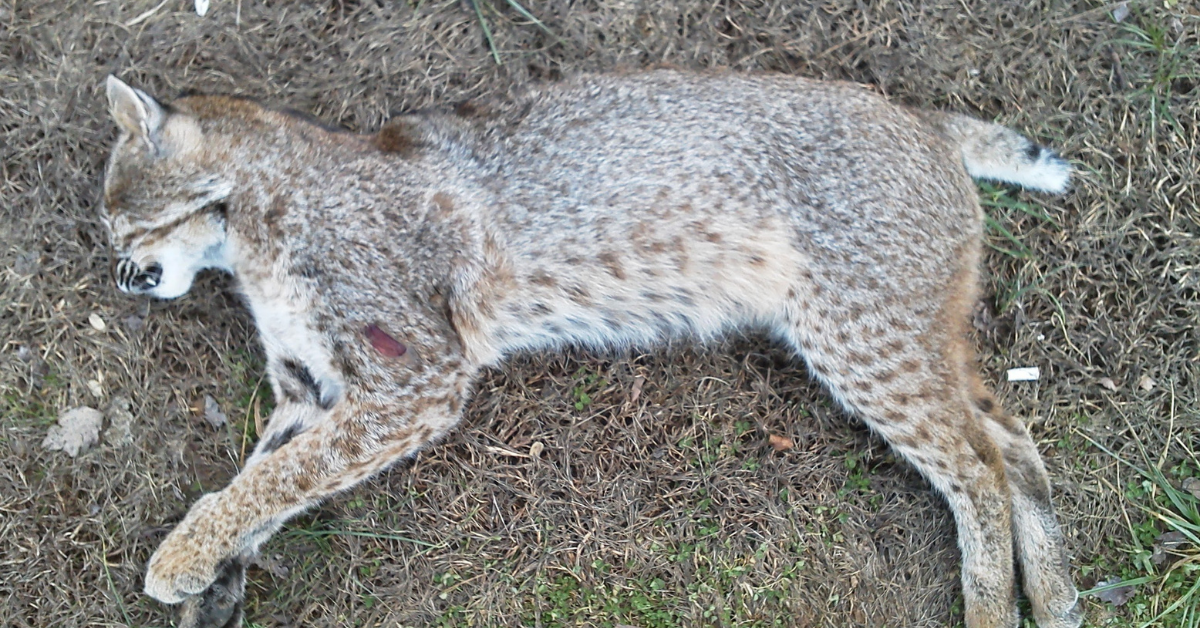
You Fail to Keep It Lively
While I’m not a big fan of a loud and long calling routine for bobcats, I do like to keep things lively when it comes to my calling presentation. Meaning, I like to provide continuous sounds when calling bobcats.
Unlike my coyote routine, where I’ll often pause the sounds in my calling regimen, with cats, I typically keep the sounds flowing. Why? Bobcats tend to be easily distracted. If you let up on them, they will often find a better option and give up on you.
Again, bobcats are sneaky. They know that their chances for a successful stalk are greater if their prey is in the midst of screaming and thrashing. A constant sound will keep them coming to the call and prevent hang-ups.
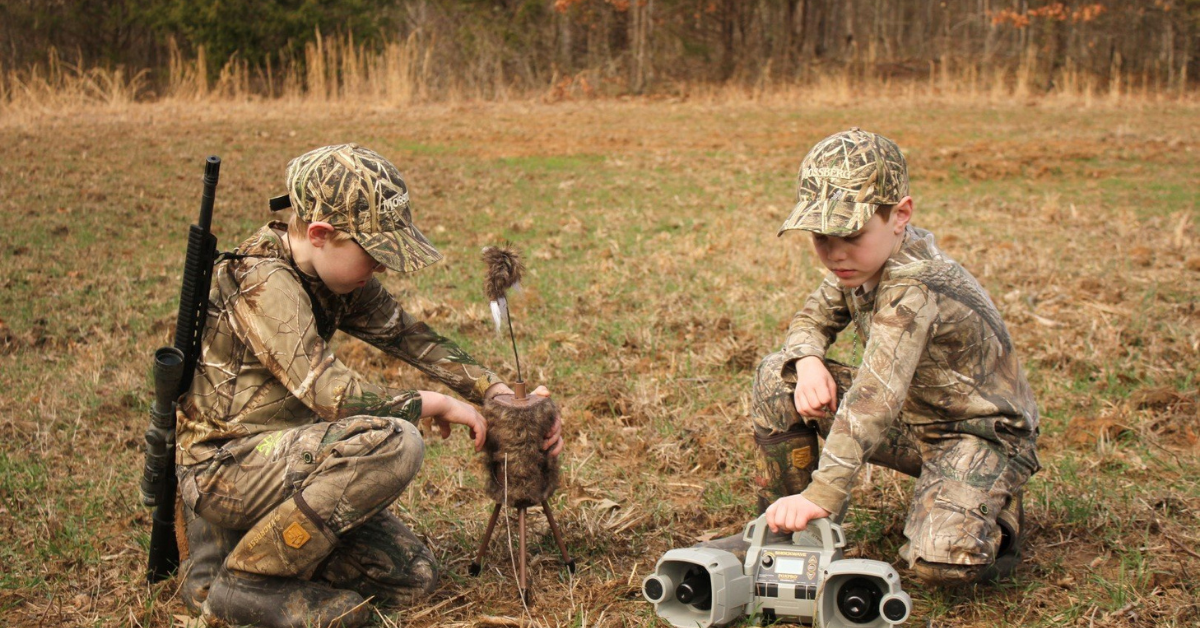
Keep things lively with continual sounds and motion from a decoy for best results when calling bobcats. Here the boys have a scoped Mossberg MMR Carbine rifle. The Mossberg 930 - Turkey, with a pistol grip (SKU #85270), is another great gun option for close encounters with bobcats.
You Don’t Use a Decoy
As mentioned above, a constant calling sound can play to your advantage. The same goes with a decoy. A motion decoy with continuous movement will keep a bobcat’s attention and prevent hang-ups. Keep in mind, when a bobcat responds to the sound of your call, he is stalking you. He knows right where the sound is coming from and is sneaking very cautiously to your set. His attention and focus will be honed in on the whereabouts of the sound. Most hunters get busted by a bobcat without ever knowing he was in the world. In many cases, the cat snuck into the prey sound and saw the hunter moving, and then slipped away like a ghost.
By using a decoy and electronic caller placed away from you, you will shift the bobcat’s focus elsewhere, allowing you to go undetected. I love the satisfaction of using mouth calls and producing my own sounds when predator calling, but when it comes to calling bobcats, the ability to move your calling sounds away from you makes the electronic caller golden.
Eliminate these mistakes from your predator calling routine, and you’ll begin to experience encounters with bobcats as you’ve never seen before.
About the Author



